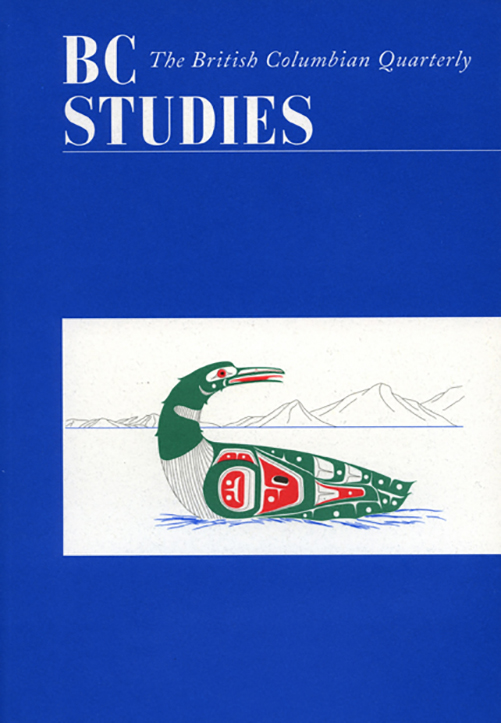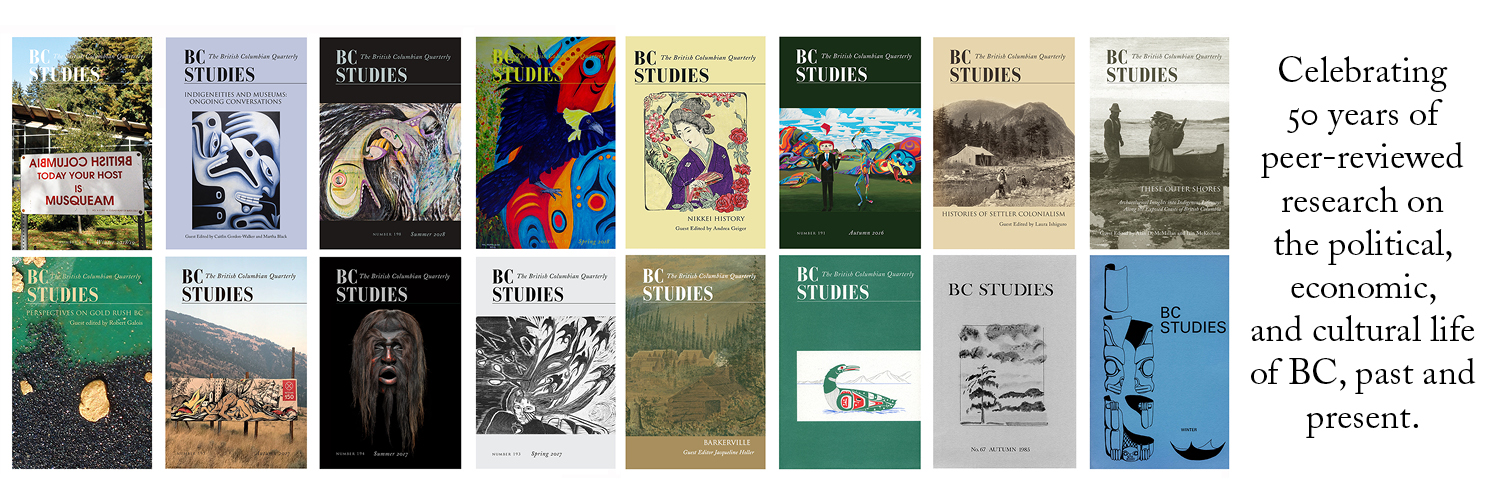Labrets and Their Social Context on Coastal British Columbia
DOI:
https://doi.org/10.14288/bcs.v0i180.183947Keywords:
labrets, social identity, materiality, Northwest Coast, heritage, aboriginal cultureAbstract
On the Pacific Northwest Coast of North America, labrets are often described as markers of social status that were commonly worn by women. While this gender correlation is challenged by both osteological and ethnohistorical evidence, the association of labrets with "status" remains the default interpretation of these objects offered by archaeologists. This article describes efforts to clarify the social role of labrets, and it uses typological analysis combined with contextual, temporal, and geographic information to reveal patterns relating to social identity. Although hindered by a lack of available data, broad patterning indicates that the social role of the labret as observed ethnographically differs from the role assigned it in archaeological interpretations. Further, the heterogeneity of form observed is irreconcilable with any simplistic social meaning, suggesting that labrets conveyed context-specific social identities at several scales. I therefore suggest that the relationship between body modification and identity is too complex for archaeological methodologies alone, and I discuss my attempt to overcome this by speaking with those for whom the labret continues to hold meaning.



